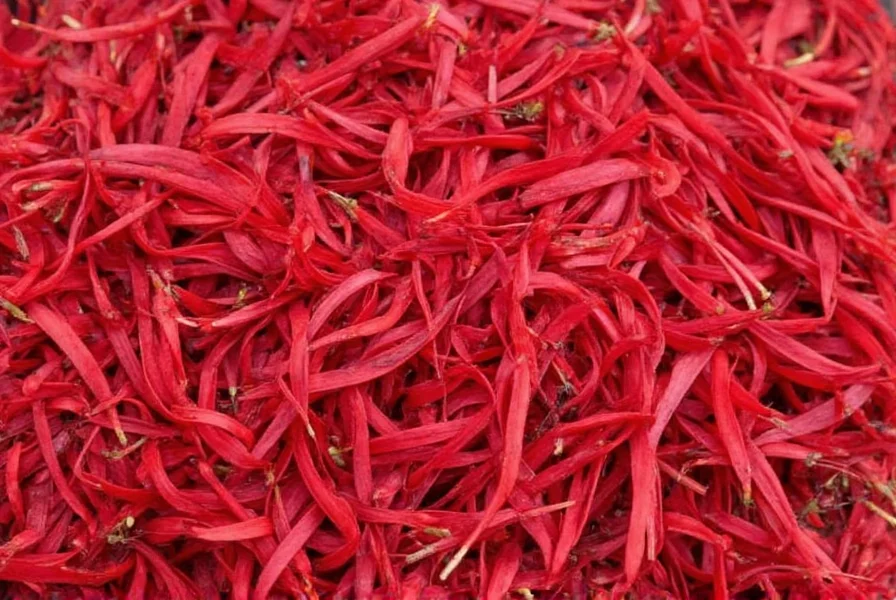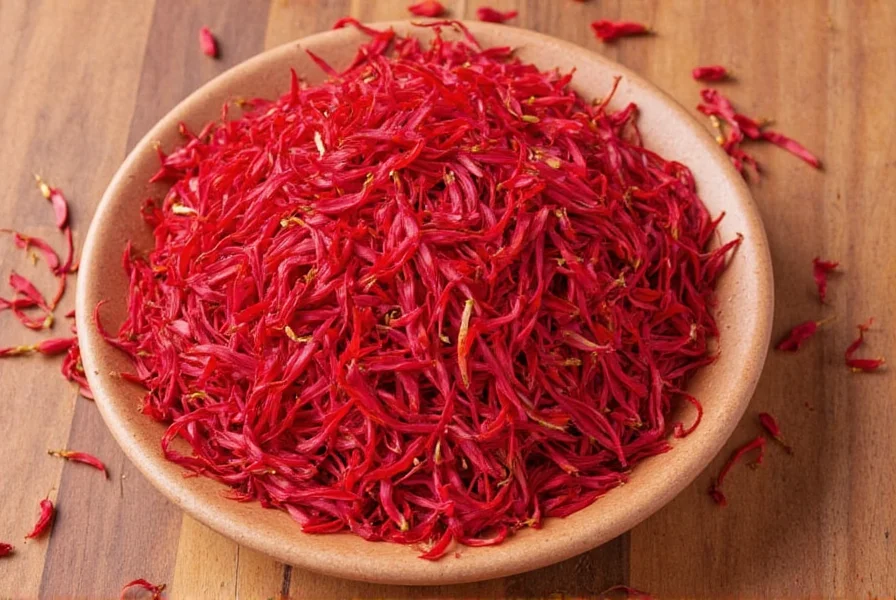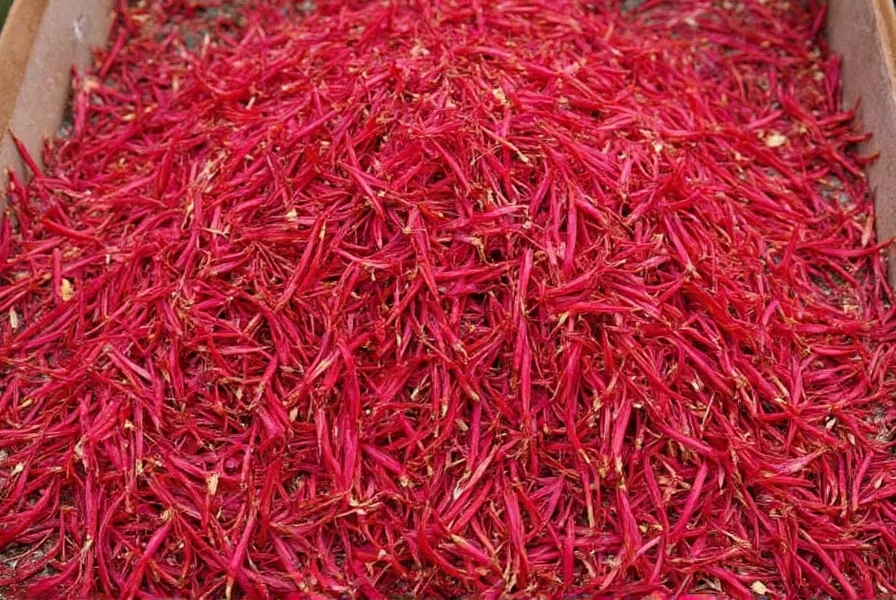Saffron cultivation begins with understanding these unique plant structures. Saffron corms, often mistakenly called bulbs, are actually modified stem bases that provide energy for the plant's growth. They're the foundation of growing saffron from corms successfully, whether you're a hobby gardener or commercial producer.
What Exactly Are Saffron Corms?
Saffron corms belong to Crocus sativus, a sterile triploid species that can only reproduce vegetatively through these corms. Measuring typically 2-5 cm in diameter, they resemble small, rounded bulbs but have distinct structural differences:
| Feature | Corms | True Bulbs |
|---|---|---|
| Internal Structure | Solid stem tissue | Layered fleshy scales |
| Growth Pattern | Replaced annually with new corms forming on top | Outer scales consumed, inner scales grow larger |
| Root System | Fibrous roots from basal plate | Contractile roots pull bulb deeper |
This distinction matters when considering saffron corms planting depth and long-term care. Each year, the mother corm nourishes the developing flower and new daughter corms before naturally withering away.

Optimal Planting Conditions for Saffron Corms
The best time to plant saffron corms varies by climate but generally occurs in late summer to early autumn (July-September in the Northern Hemisphere). This timing allows roots to establish before flowering season.
For successful growing saffron from corms, consider these critical factors:
- Soil Requirements: Well-draining soil is non-negotiable. Amend heavy clay with sand and organic matter. Ideal pH ranges from 6.0-8.0.
- Planting Depth: Place corms 15-20 cm deep, spaced 10-15 cm apart. Deeper planting protects from temperature fluctuations.
- Sun Exposure: Full sun (6+ hours daily) maximizes flower production and saffron yield.
- Watering Schedule: Water thoroughly after planting, then maintain moderate moisture until flowering. Reduce watering during dormancy.
Caring for Saffron Plants Through the Growing Cycle
Understanding the annual cycle of Crocus sativus is crucial for proper corm management. The plant follows a distinct seasonal pattern:
- Flowering Period (Autumn): Purple flowers emerge, each containing three precious red stigmas
- Leaf Growth (Late Autumn-Winter): Narrow leaves develop to photosynthesize
- Bulb Development (Spring): New corms form beneath the soil
- Dormancy (Summer): Plant dies back completely as corms rest
During the active growing season, apply a balanced fertilizer when leaves appear. Avoid high-nitrogen formulas that promote foliage at the expense of flowers. For gardeners wondering how long do saffron corms take to grow, expect flowers approximately 6-8 weeks after planting, with full establishment taking 2-3 years.
Harvesting and Post-Harvest Management
The delicate harvesting process determines saffron quality. Flowers open early in the morning, and stigmas must be removed immediately:
- Collect flowers in the early morning when fully open
- Remove red stigmas carefully using tweezers or fingers
- Dry stigmas quickly at 40-50°C (104-122°F) to preserve color and flavor
- Store dried saffron in airtight containers away from light
After flowering season, allow foliage to die back naturally to replenish corm energy reserves. This practice ensures robust saffron crocus planting performance in subsequent years.
Common Challenges in Saffron Cultivation
While generally pest-resistant, saffron crocus faces several potential issues:
- Rodent Damage: Mice and voles may eat corms. Use wire mesh barriers during planting.
- Fungal Diseases: In overly moist conditions, corms may develop rot. Ensure excellent drainage.
- Poor Flowering: Often caused by insufficient sunlight or improper planting depth.
- Corm Degeneration: After 3-5 years, corms may produce fewer flowers. Rotate planting locations or refresh with new corms.

Storing Saffron Corms Between Planting Seasons
For gardeners in unsuitable climates or those purchasing corms off-season, proper storage is essential. Follow these saffron corms storage guidelines:
- Dig corms carefully after foliage dies back completely
- Clean gently and allow to dry in shaded, well-ventilated area for 1-2 weeks
- Store in breathable containers (mesh bags, paper bags) with dry peat moss
- Maintain storage temperature between 15-20°C (59-68°F)
- Check monthly for signs of rot or desiccation
Properly stored corms remain viable for 2-3 months. For longer storage, gradually reduce temperature to 5-10°C (41-50°F) while maintaining moderate humidity.
Where to Source Quality Saffron Corms
When searching for where to buy saffron corms, prioritize reputable suppliers who can verify:
- Botanical authenticity (Crocus sativus only)
- Freshness (current season's corms)
- Disease-free certification
- Appropriate size (larger corms generally produce more flowers)
Avoid bargain-priced corms, as they may be mislabeled or poor quality. Expect to pay $0.50-$2.00 per corm from reliable sources. For commercial operations, consider establishing relationships with specialized saffron nurseries for bulk purchases.











 浙公网安备
33010002000092号
浙公网安备
33010002000092号 浙B2-20120091-4
浙B2-20120091-4